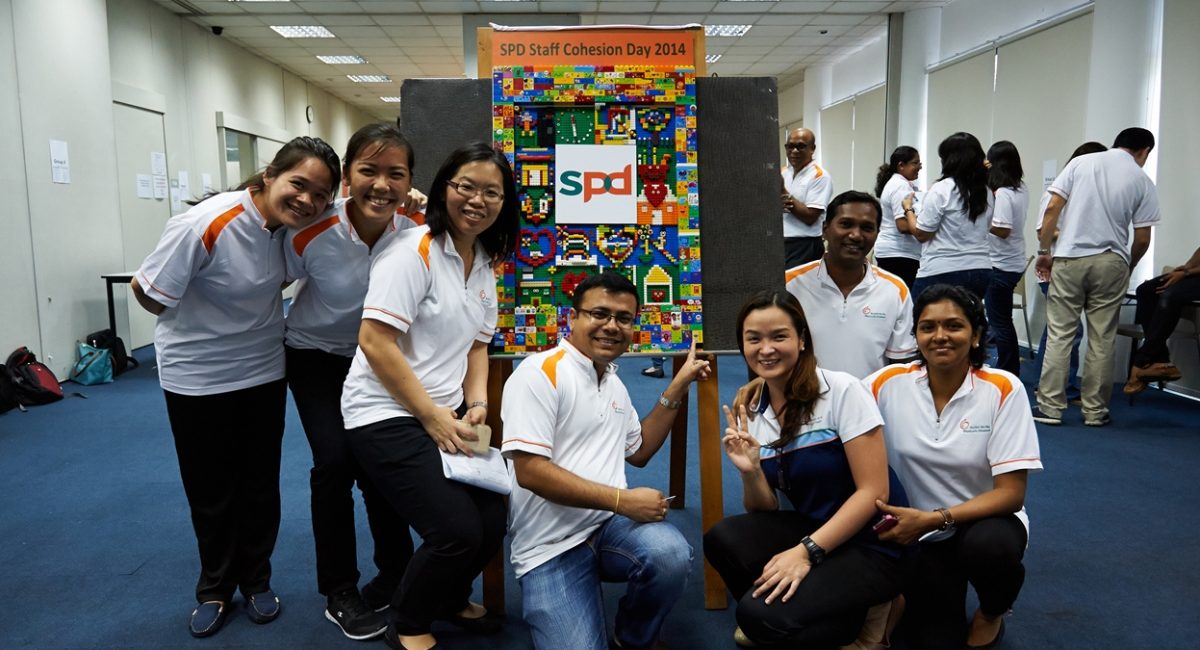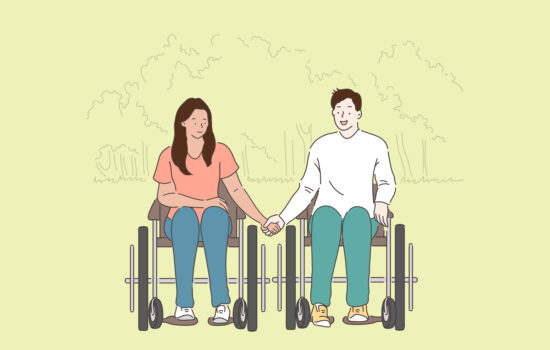Just like many of us, persons with disabilities also make use of public transport to get to school and work and for leisure. Having the ability to move from one place to another plays a crucial role in the integration of persons with disabilities into society. Greater accessibility gives these individuals more independence and encourages them to step out and engage in more community activities.
Many features have been put in place to make public transport more accessible in Singapore, for instance, barrier-free entrance with lifts at train stations, tactile guidance systems and wheelchair accessible toilets at bus interchanges, among others. Ms Poh Sho Siam, senior analyst of SPD’s advocacy team, shares with us what some countries have done to make their public transport systems friendlier to people with disabilities.
Talking Bus Stops and Talking Buses
In the city of Brighton & Hove in the United Kingdom, persons with visual impairment can make use of the ‘Talking Bus Stop’ system to access real time bus information, such as which bus stop they are at, which buses are coming and when the buses are due to arrive. The announcements are triggered by a key fob carried by the user, which will trigger audio messages from the speakers installed at the bus stops.
Cities like London, Paris and Taipei also have ‘Talking Buses’, where there are announcements and visual displays of journey information on board, making travel easier and less stressful for persons with visual or hearing impairments.
.jpg)
Image source: Brighton & Hove City Council
Level and Gap-Free Boarding and Alighting
In the city of Curitiba in Brazil, bus stops are built elevated from the ground. Wheelchair users can access the bus stop by using a small elevating platform at each bus stop. Bus doors are installed with fold-down ramps, which are automatically deployed when the bus doors are open, enabling level and gap-free boarding and alighting.
.jpg)
.jpg)
Image source: Wikimedia Commons
Similar level boarding features can also be found in cities like Cape Town in South Africa and Bogotá in Columbia.
.jpg)
.jpg)
Level boarding features in Cape Town, Africa Level bus boarding features in Cape Town, Africa
Image source: (left) Cape Town in South Africa, MyCiti Bus, (right) Bogotá in Columbia, Wikimedia Commons
High Contrast Colour Train Doors
The London Underground (i.e. Tube) is easily recognisable by its signature red train doors. These contrasting red colour doors serve the purpose of allowing persons with low vision to see the train doors, and move to the doors for boarding more easily.
Take a look at the two photos below. It is much easier for a person with visual impairment to see the doors when they are painted in contrasting colours.
.jpg)
%20-%20Copy.jpg)
Image source: Flickr
Accessible Guides and Maps
To help persons with disabilities taking the London Underground plan and make their journeys, alternative formats of maps and guides such as audio maps, big print maps, black and white maps and step-free guides are available.
‘Out and about in London: My guide’ is a guide developed for use by persons with learning disabilities when they are out and about in London using public transport. The guide uses pictures and simple instructions for ease of reading and understanding.
.jpg)
Image source: Brent Council, UK
Accessible Help Points
If passengers need help when using the London Underground, they can speak to a member of staff by pressing the Information button at Help Points. The large buttons are easily operable by someone who has limited dexterity, for example, using a clenched fist or open palm. Induction loops are also fitted at many of the Help Points, as well as ticket offices and platforms. Help Points are also monitored by the closed circuit televisions or CCTVs. In the event that a member of staff cannot understand a passenger (e.g. if the passenger has a speech impairment), the staff is able go to the Help Point and have a face-to-face conversation with him/her.
%20-%20Copy.jpg)
Image source: Flickr
These features are not only useful to persons with disabilities, they are also beneficial to other passengers. For example, talking buses are helpful to tourists and those who are not familiar with the area, while level boarding is also convenient for the elderly and parents with strollers.
As awareness of the needs of persons with disabilities increases, we hope to see more enhancements to public facilities and amenities to make them more accessible to persons with disabilities. In addition to improvements in infrastructure, the public can play a part in making persons with disabilities feel included by showing a little more consideration and patience through simple gestures such as giving way to them in lifts, trains and buses.





